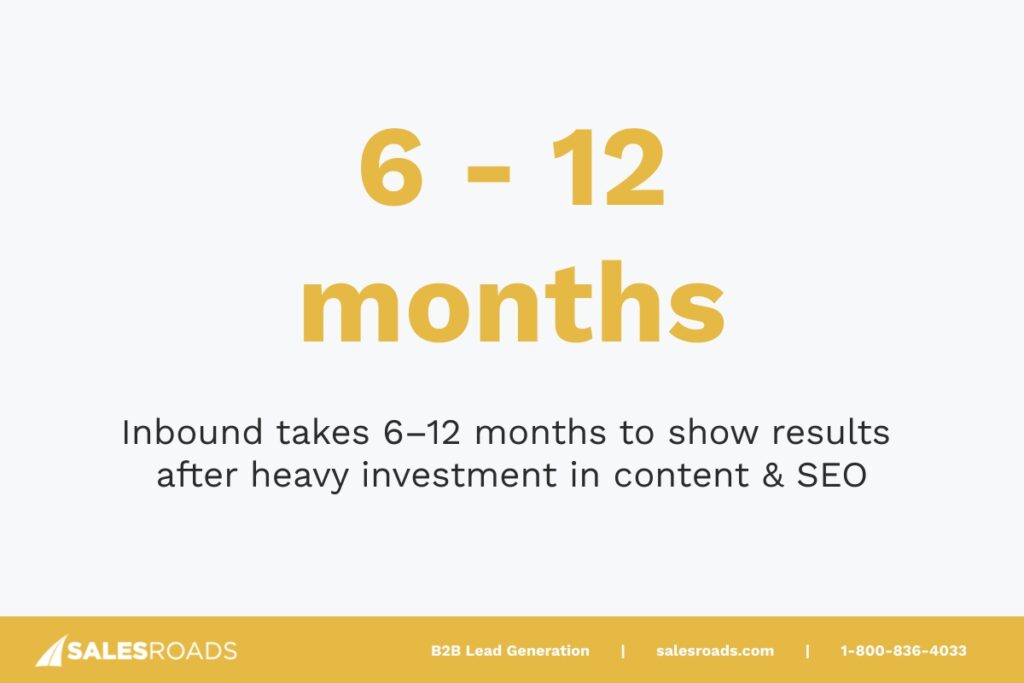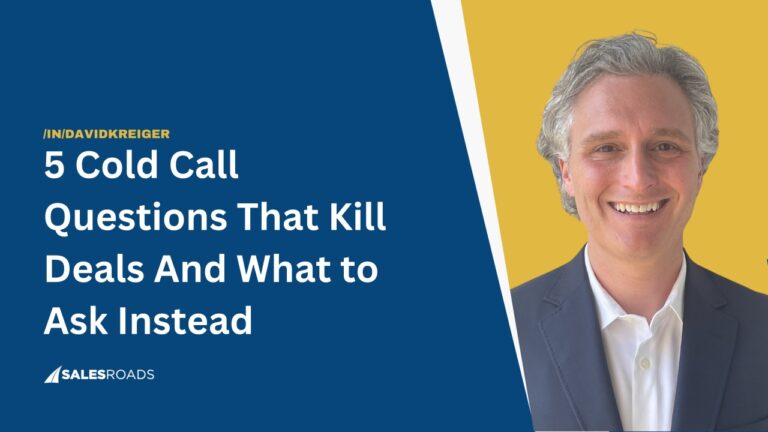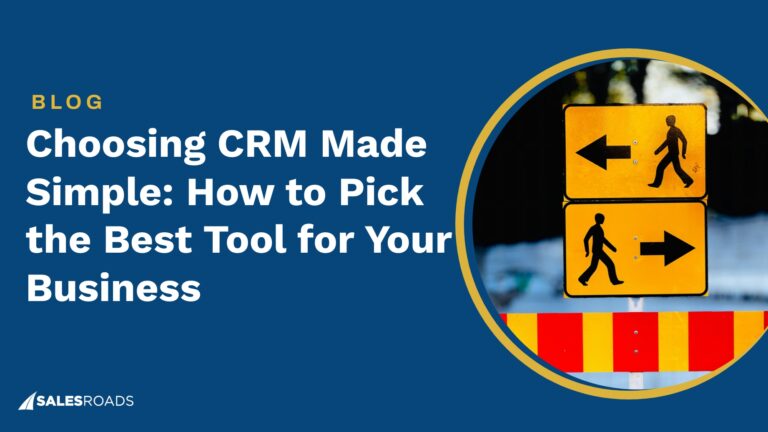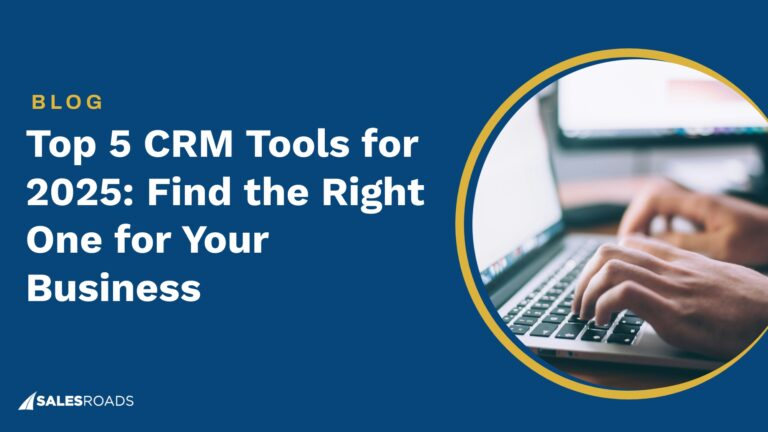The debate between inbound and outbound sales strategies has dominated boardrooms and sales conferences for years. Sales leaders constantly wrestle with where to allocate their resources:
Should they invest heavily in content marketing and SEO to attract prospects, or should they empower their reps to proactively pursue targets through strategic outreach?
The truth is, both strategies are powerful pillars of a successful revenue engine, each delivering distinct advantages depending on your company’s goals, available resources, and market position.
While some organizations leverage the efficiency of warm inbound leads, others achieve explosive growth through expertly executed outbound campaigns.
The central question isn’t whether inbound or outbound is “better” – it’s which approach (or combination) will maximize your revenue while aligning with your specific growth strategy and market conditions.
Defining the Two Approaches: Outbound Sales vs Inbound Sales
Understanding the fundamental differences between these approaches is crucial for making informed strategic decisions.
Each methodology operates on different principles, requires distinct skill sets, and produces unique outcomes that can dramatically impact your revenue trajectory.
What is Inbound Sales?
Inbound sales is a methodology where prospects come to you, typically after engaging with your content, brand, or marketing. This includes SEO, webinars, social media, referrals, and thought leadership.
Inbound leads are often warmer since they typically enter your sales funnel already aware of their problem and actively seeking solutions. Your content has educated them, built trust, and positioned your company as a credible option.
Sales reps act more as advisors and consultants, guiding prospects through their buying journey rather than creating awareness of their need for a solution.
Inbound is also cost-efficient. Inbound leads cost 61% less than outbound leads, and 3 out of 4 inbound channels are less expensive than outbound channels.
However, inbound requires significant upfront investment in content creation and SEO, and results often take 6–12 months to materialize.

That makes inbound better suited for long-term brand-building rather than immediate pipeline needs.
What is Outbound Sales?
Outbound sales is a proactive strategy where sales reps initiate conversations with potential customers through cold calling, personalized email outreach, LinkedIn, trade shows, and more.
Unlike inbound, which waits for prospects to find you, outbound puts you in control of reaching the right buyers at the right time.
Outbound’s strengths are speed and precision. For example, a company can target specific industries or accounts and generate pipeline within weeks, not months.
This makes it invaluable for companies entering new markets, launching products, or pursuing high-value enterprise accounts that would never come inbound on their own.
Outbound also offers predictability. Leaders can forecast pipeline based on activity levels (calls, emails, meetings booked), making it easier to hit quarterly revenue targets.
That’s why companies that can’t afford to “wait” for inbound often turn to outbound as the growth engine that keeps their sales funnel healthy.
Comparing Inbound vs Outbound Sales Strategy
When evaluating these methodologies, sales leaders must consider several critical factors that directly impact revenue generation, resource allocation, and growth velocity.
Each approach offers distinct advantages across KPIs.
Investment & Resource Allocation
Inbound sales requires significant upfront investment in marketing infrastructure, content creation, and lead nurturing systems.
You’ll need skilled content creators, SEO specialists, marketing automation tools, and most businesses won’t see ROI until months later.
Outbound, while more resource-intensive on a per-lead basis, delivers results faster. Companies don’t need to wait for content to rank; they can immediately start conversations with their exact ideal customer profile.
For businesses under pressure to scale pipeline and revenue quickly, outbound offers the faster path.
Lead Quality & Market Reach
Inbound leads often demonstrate strong engagement metrics since prospects have already shown interest by consuming your content.
These leads typically require less initial education about their problems and your category, leading to more efficient sales conversations once they enter your funnel.
However, outbound leads provide strategic advantages that inbound can’t match. You can precisely target accounts that perfectly match your ICP, regardless of whether they’re actively searching for solutions.
This includes reaching decision-makers at companies that may not have budget allocated for your category yet, allowing you to influence their planning and budget cycles.
Outbound also enables market expansion into new verticals, geographic regions, or lead segments that might never discover your company through organic channels.
If you want to see how outbound sales drives real results when expanding into new markets, this episode of Sell Like a Leader is a must-listen.
David Kreiger sits down with Terence Lee, VP of Risk for North America at Protecht, to share the outbound strategies that fueled Protecht’s rapid growth—turning new market entry into a steady stream of qualified leads and long-term success.
Sales Cycle Dynamics
Inbound prospects often move through initial qualification stages more quickly because they’ve already progressed through awareness and consideration phases before engaging your sales team.
However, this doesn’t necessarily translate to faster closed deals, as complex B2B sales still require extensive stakeholder alignment and procurement processes.
Outbound sales cycles may require more initial education and trust-building, but skilled reps can actually accelerate overall deal velocity through proactive relationship management, strategic value demonstration, and systematic objection handling.
Outbound reps control the conversation flow, meeting cadence, and decision-making timeline rather than waiting for prospects to take action.
Scalability & Predictability
Inbound sales can scale effectively once your marketing engine matures, but scaling requires continued content investment and faces increasing competition for search rankings and attention. Market saturation and algorithm changes can unpredictably impact lead flow.
Outbound sales, on the other hand, offers unmatched scalability and predictability when executed systematically.
You can forecast pipeline generation based on activity metrics: calls made, emails sent, meetings booked, and demos completed. This predictability makes outbound invaluable for hitting specific quarterly targets, launching in new markets, or responding to competitive threats quickly.
Outbound also provides flexibility to adjust messaging, targeting, and tactics immediately based on market feedback, competitive changes, or new product launches.
Which Strategy Drives More Revenue?
The revenue question depends on your company’s stage, industry vertical, product complexity, and growth objectives. However, analyzing successful orgs reveals clear patterns about when each approach drives optimal results.
Outbound sales often drives superior pipeline growth and revenue acceleration, particularly for companies seeking rapid market penetration or pursuing specific strategic accounts.
Consider high-growth B2B companies. Their outbound teams routinely generate 3-5x more pipeline volume than inbound sources by systematically targeting ICPs across multiple industries and use cases.
While individual outbound leads may require more lead nurturing, the total revenue impact often exceeds inbound contributions significantly due to volume and strategic targeting capabilities.
The most successful revenue organizations often use outbound as their primary growth engine while leveraging inbound content to support sales conversations and build market credibility.
This approach maximizes both pipeline volume and conversion efficiency.
Finding the Right Balance: The Strategic Integration Approach
Modern sales leaders recognize that the highest-performing revenue organizations deploy both strategies.
A strategic integration approach leverages inbound marketing to create valuable content assets that enhance outbound conversations and provide social proof during prospecting sequences.
Simultaneously, outbound efforts ensure comprehensive market coverage, accelerate deal velocity, and systematically target high-value accounts across all relevant segments.
This integration creates powerful synergistic effects: outbound representatives can reference relevant case studies, whitepapers, and thought leadership pieces during cold outreach, immediately establishing credibility and providing value.
Conversely, outbound conversations reveal prospect pain points, competitive insights, and messaging preferences that inform future content creation and inbound strategy optimization.
Rather than viewing these as competing methodologies, successful sales leaders architect revenue systems that position outbound as the primary growth driver while strategically leveraging inbound assets to enhance effectiveness and market credibility.
This integrated approach creates sustainable competitive advantages that pure inbound strategies cannot match in terms of growth velocity and market penetration.
Bottom Line
Inbound may help you attract interest, but outbound is what builds momentum. If you’re serious about accelerating revenue, entering new markets, and securing the accounts that matter most, you can’t afford to wait for prospects to come to you.
The bottom line is this: sales leaders who treat outbound as their growth engine and use inbound to support and amplify it, win faster, win bigger, and win more predictably.










